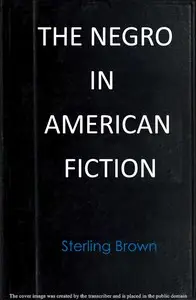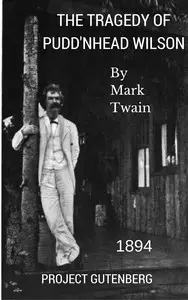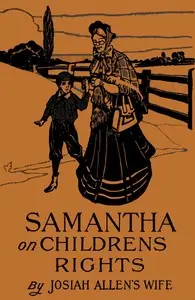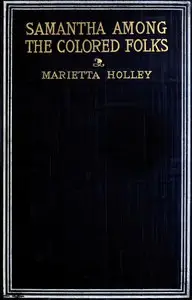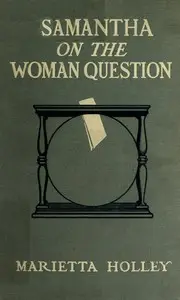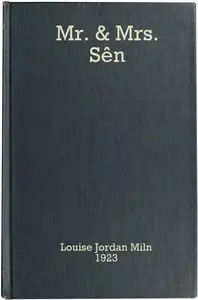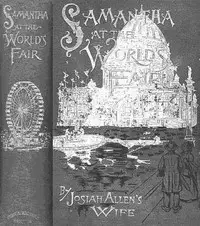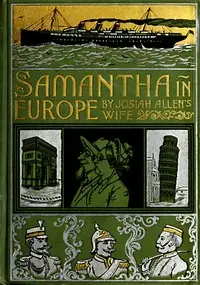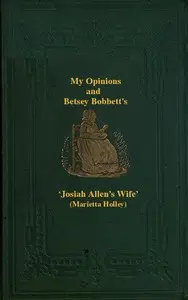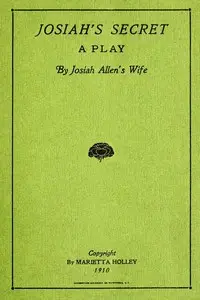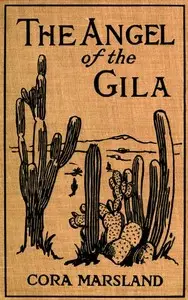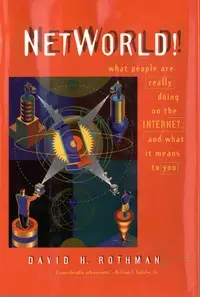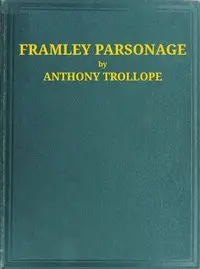"Samantha on the Race Problem" by Marietta Holley is a satirical story that uses its main character, Samantha, to look at tricky social topics in America, especially how people felt about race after the Civil War. The story kicks off with Samantha and her husband, Josiah Allen, welcoming their cousin, John Richard Allen, who shares tales from his work in the South. This sets off a big debate about race, with Josiah brushing off concerns while John Richard warns of trouble ahead. Samantha tries to find a middle ground, thinking about what she believes as the novel sets the scene to discover the characters' thoughts and how they deal with each other amidst these important social situations.
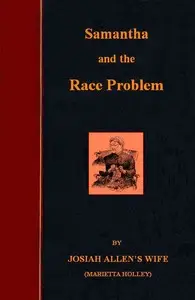
Samantha on the Race Problem
By Marietta Holley
In a post-Civil War America, a family visit sparks a fiery debate about race, revealing clashing viewpoints and a looming sense of social unrest.
Summary
About the AuthorMarietta Holley, was an American humorist who used satire to comment on U.S. society and politics. Holley enjoyed a prolific writing career and was a bestselling author in the late 19th century, though she was largely forgotten by the time of her death. Her writing was frequently compared to that of Mark Twain and Edgar Nye. Along with Frances Miriam Whitcher and Ann S. Stephens, Holley is regarded as one of America's most significant early female humorists. Her work appealed to all classes of society. Her readers were scattered over the entire world, and included men and women of every station and grade. Her books were widely read in Europe.
Marietta Holley, was an American humorist who used satire to comment on U.S. society and politics. Holley enjoyed a prolific writing career and was a bestselling author in the late 19th century, though she was largely forgotten by the time of her death. Her writing was frequently compared to that of Mark Twain and Edgar Nye. Along with Frances Miriam Whitcher and Ann S. Stephens, Holley is regarded as one of America's most significant early female humorists. Her work appealed to all classes of society. Her readers were scattered over the entire world, and included men and women of every station and grade. Her books were widely read in Europe.

